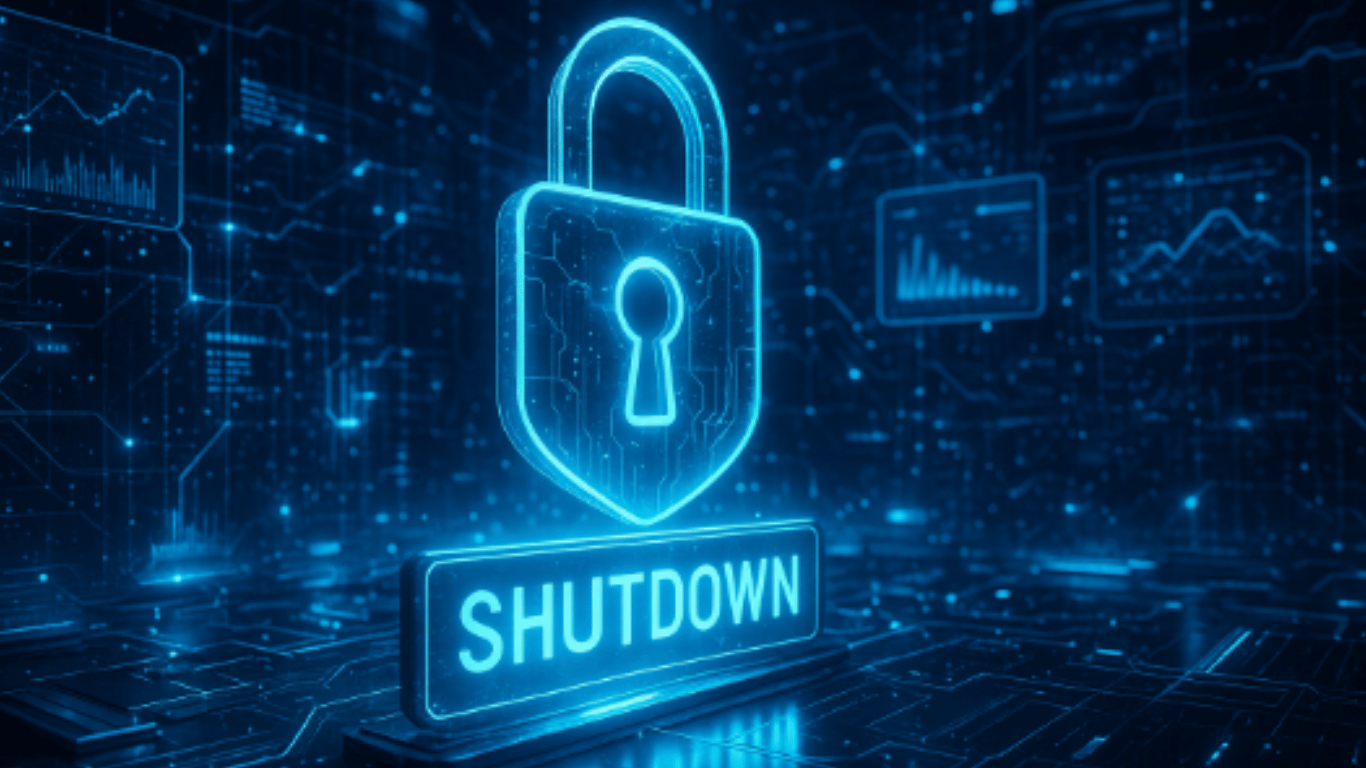Kyrillos Akritidis, the Founder and Managing Director at Schwarzwald Capital, a VC fund dedicated to empowering innovative fintech and creator economy projects.
Discover top fintech news and events!
Subscribe to FinTech Weekly's newsletter
Read by executives at JP Morgan, Coinbase, Blackrock, Klarna and more
Social commerce is no longer an experiment but a trillion-dollar economy in the making. Millions of small businesses across the world sell directly through platforms like TikTok, Instagram, and YouTube, and the line between content creation and commerce is gradually disappearing.
Fintech is a fundamental enabler at the heart of this transformation. While creators take the spotlight, financial technology works behind the scenes and makes these sales possible, scalable, and sustainable.
So, today, we sat down with Kyrillos Akritidis, a fintech investor and an active backer of creator economy ventures, to get a grasp of how financial infrastructure can evolve to meet the unique needs of this new generation of entrepreneurs.
1. You’re deep in the fintech space, especially around the creator economy. What do you see as the key drivers behind the explosion of social commerce?
Absolutely — “explosion” is the right word. I think this happens due to a convergence of two booming worlds: e-commerce and the creator economy. Social commerce sits right at this intersection. And what makes it so powerful is that it’s not just about selling a product — it’s about doing it with personality, trust, and community.
The stats, in particular, speak volumes. Social media-driven sales are on their way to hitting $1.2 trillion this year, with an annual growth rate of 26%. The most fascinating thing about this is how much the creator economy has lowered the barrier to entry. Starting a business requires capital, infrastructure, and deep expertise. Now, a motivated creator can open a shop to a global audience with just a smartphone in their hands. On TikTok alone, over 7.5 million users in the U.S. are running businesses, from teenagers selling handmade jewellery to parents launching product lines from their kitchen tables.
It’s definitely a new model of entrepreneurship — agile, audience-first, and entirely digital.
2. Clearly, the momentum is there, but what role does fintech play in enabling creators to start businesses?
Fintech plays a notable role in this shift. Social platforms provide reach and engagement, while fintech, in turn, ensures speed, trust, and the operational backbone.
Let me give you a typical beginner’s story: a creator makes €100 selling digital art or skincare products through Instagram. But then they realise they’re losing nearly half to platform fees, payout delays, and banking friction. They might wait days to receive their money, and when it finally comes to their account, they must explain to the traditional bank the origin of this income. Wouldn’t you agree that it’s confusing, slow, and frustrating?
So, that’s where fintech kicks in. Its job is to eliminate friction, automate the back office, and create financial products that are just as seamless as the platform creators are selling on. Built-in compliance, instant payments, cross-border transactions, embedded wallets — these aren’t just “nice to haves”; they’re the kind of infrastructure we actively seek when investing in this space.
But just as important is the creators' own financial literacy. To really thrive, they need to understand the available tools, make informed choices, and find the right partners to support their journey. The best outcome is when tech and talent grow together — with creators focused on their audience and growth, while fintech takes care of infrastructure.
3. Thanks for that insight! So, after that first sale, what are the main challenges creators run into, and how does fintech actually make things easier?
Three main key points I can highlight: unpredictable cash flow, fragmented income streams, and limited access to credit.
Let’s start with the cash flow. It’s oxygen for any business, but in social commerce, payouts are often delayed and inconsistent. This makes it nearly impossible for creators to plan or reinvest in their businesses. Fintechs solve this with real-time or next-day payouts, which can give creators immediate access to earnings to replenish inventory, launch ad campaigns, or simply stay afloat.
Next up — fragmentation. Most creators are active across multiple platforms. Each platform has its own payout schedule, interface, and currency. It’s chaos without a centralised view. Fintech can aggregate income data across channels, providing a single, clear financial dashboard to help creators understand their business in real terms.
Finally, there's credit. No doubt, traditional underwriting models aren't built for creators. Banks require payslips, balance sheets, or country-specific equivalents to the U.S. W-2 form to confirm the income’s origin.
But what if your revenue comes from YouTube views, affiliate links, or tips? In that case, fintech can assess creditworthiness more fairly by using alternative data like audience growth, transaction history, or revenue flows.
4. You’ve covered hurdles and solutions really well. Now, with live selling taking off, what financial backbone supports these in-the-moment transactions?
I’m sure it comes down to speed and simplicity. Live shopping is growing fast; 35% of online shoppers bought something during a live-stream shopping event in 2024, up from just 13% a year before. People don’t want to click away or fill in payment forms. They want to buy right there at the moment. That’s why technologies like single-button checkout, which we’re actively investing in, are so powerful.
Embedded payments are a solution in such situations. The ability to complete a purchase without even leaving a live-stream event makes the whole experience seamless and fast for both buyer and seller. It’s a critical infrastructure, not just about UX.
Tipping is a good example of this. Streamers use tools that let viewers send tips in real-time during a live broadcast. It looks untrivial on the surface, but under the hood, it’s a full fintech stack that handles payments, instant transfers, and even compliance globally. It’s fast, accessible, and works across borders.
We really need more of that kind of infrastructure, built for creators, real-time, and platform-native. You’re definitely losing momentum if the money can’t keep up with the speed of the content.
5. It’s obvious we’ve come a long way, but what’s still missing? What do you believe is the next big unlock in creator-focused fintech?
The next big unlock in creator-focused fintech is global scalability. If today you’re a creator in Europe or in the U.S., you have access to reasonably decent tools. But if you’re in Southeast Asia, Africa, or Latin America, the path to monetisation is still full of roadblocks. It’s so far an infrastructure failure.
In this space, the future of fintech is borderless. We need global wallets that support multiple currencies by default, with seamless cross-border payouts, smart FX handling, and embedded compliance. A 19-year-old in Lagos should be able to monetise their audience on the same level as someone in London or Los Angeles.












